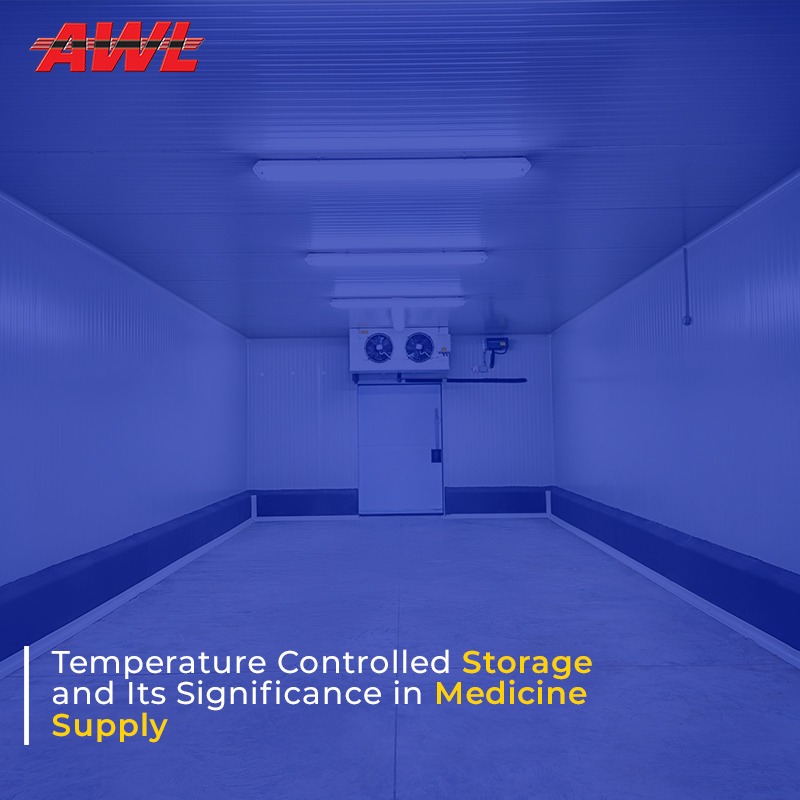

While the world celebrates at the slightest hint of a potential vaccine making its way with the onset of December, preparations have already begun in the storage sector. That is exactly where the temperature logistics come into the picture. Temperature controlled logistics deal with the storage, preservation, and transportation of goods that need to be maintained at a certain temperature. This is of special significance when it comes to pharmaceutical products to maintain the health and well-being of a lot of drugs.
For every product in the supply chain, it is important to monitor the environmental conditions throughout its storage and distribution cycle. The same stands true for the Pfizer vaccine that demands an extremely cold storage facility. Given that the pharmaceutical supply chain is extremely sensitive to environmental conditions, an inappropriate setting might just compromise the quality of the cargo which will have its own repercussions, such as bad therapeutic effects producing toxicity and sometimes can even lead to an individual’s death.
Again, elevated temperatures or sub-zero temperatures can also alter the physical properties of the medicine which can put the patients’ safety at risk. Thus it becomes imperative for a medicine supply chain to ensure the optimal thermal conditions for the storage of the medicines.
• Even if the manufacturers are being cautious, the warehouses in which the products are stored must have similar conditions for the well-being of the cargo.
• Suitable storage modes like refrigerated vehicles or passive cooling systems are a must to prevent the product from getting ruined en route.
• Safety precautions are to be taken at each and every touch-point
• At the final stage, which is of transit, ensure that the products have met the required conditions.
What are the repercussions?
In the pharmaceuticals logistics and supply chain involving the movement of drugs and medical facilities from one place to another, the temperature is of utmost significance. When exposed to incorrect temperatures and if the process is not accounted for, it could be paid at the expense of a patient’s life.
What is the ideal temperature?
Generally, it remains between 2-8 degrees Celsius (36-46 degrees Fahrenheit), but there are extensions to this with temperatures of -20 degrees Celsius which is used in the warehouses for the storage of these products.
Conclusion
In a world where medicines are an essential part of somebody’s well-being and recovery, the onus is on the medicine supply chains to ensure that all the essential boxes have been checked for providing the drugs with their optimal temperature-controlled storage facility.

